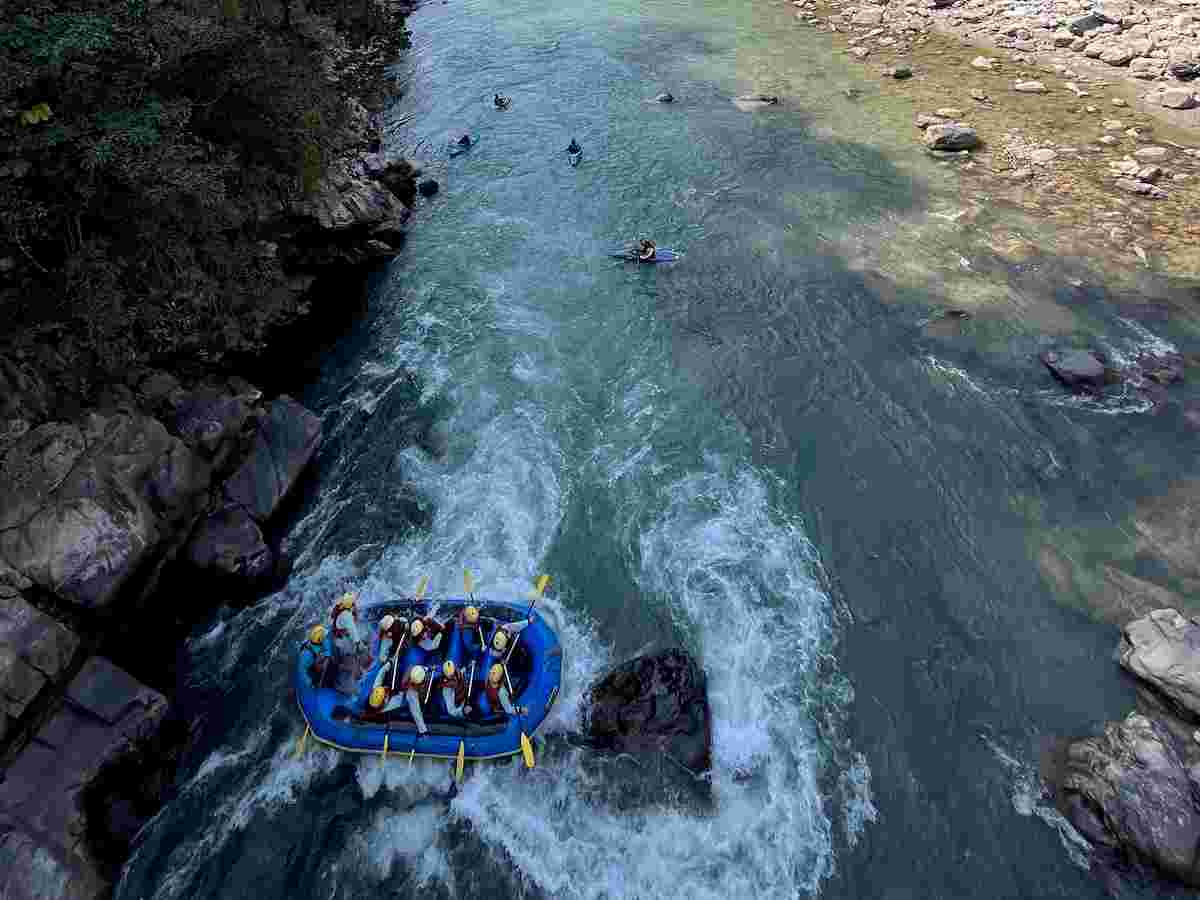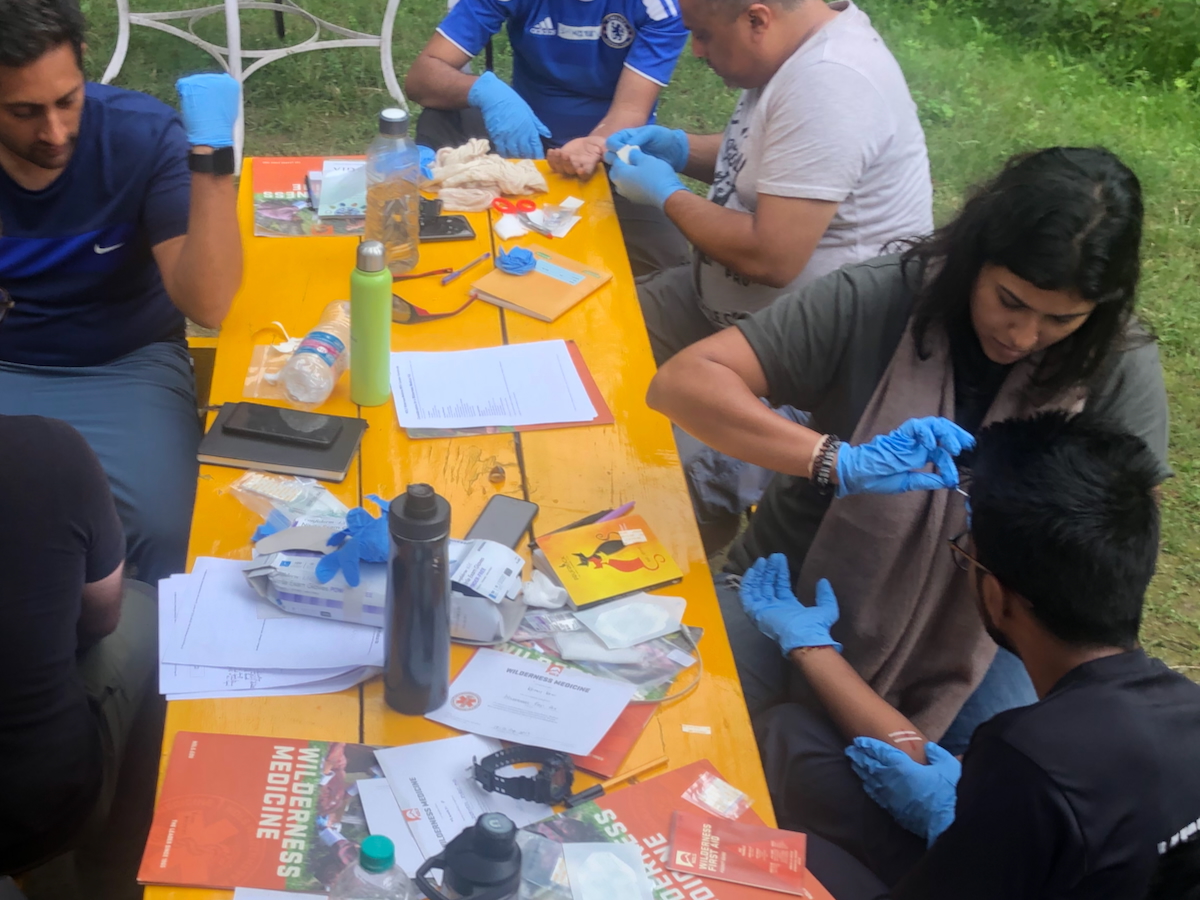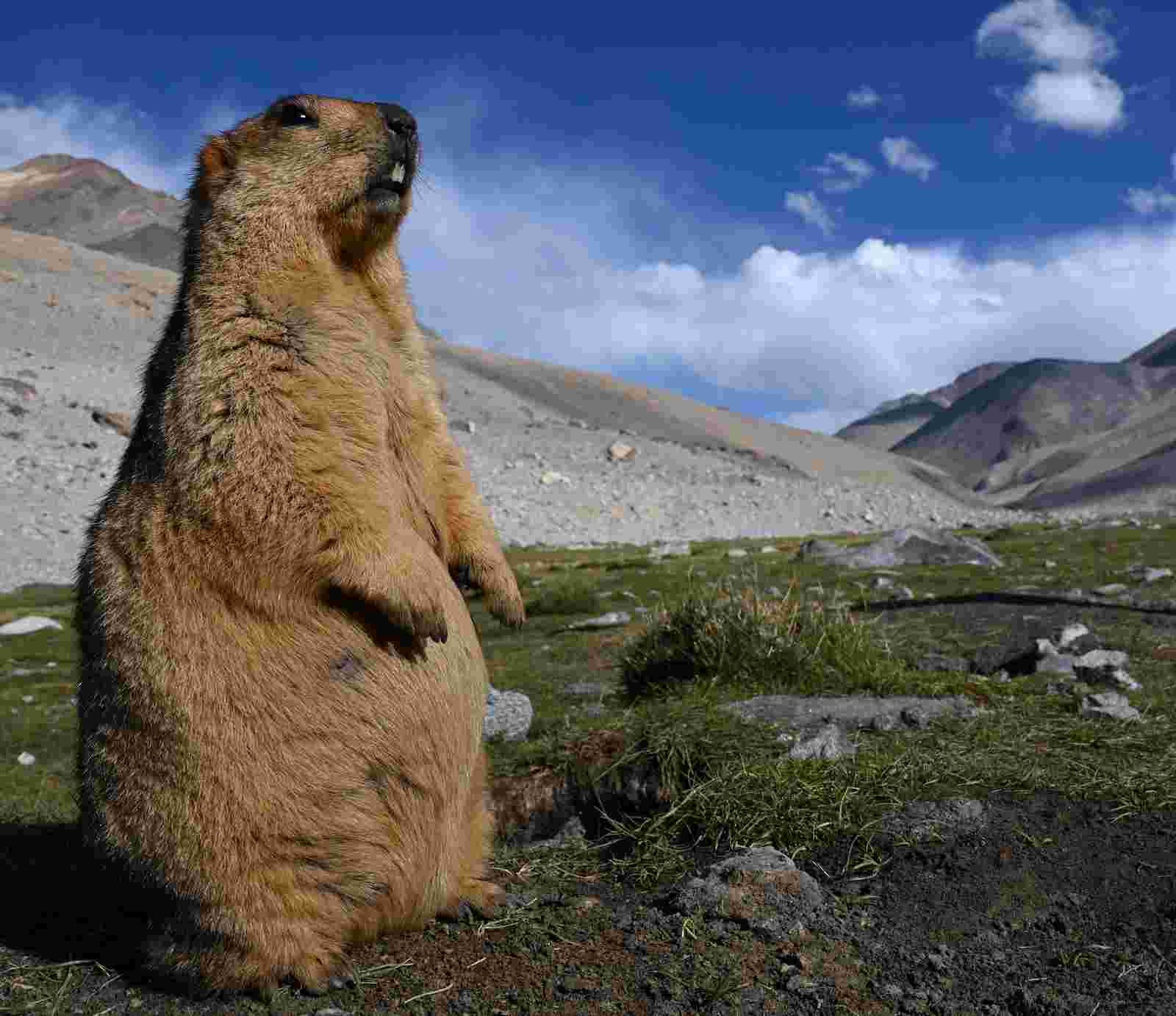To minimise risks to our students, staff, client organisations, community members and stakeholders as far as is reasonably practicable, in accordance with all applicable risk management and health & safety laws, rules and regulations.


All components of the trip are analysed with the following variables in mind

Examples of ways we communicate our commitment to safety include, but are not limited to:
Recruiting and hiring staff with a demonstrated commitment to safety
Extensive Training to staff in our risk management procedures,wilderness and emergency medicine and incident response
Planning program operations to minimise inherent risks while still meeting educational aims
Carefully screening students, and rejecting those who are unable to meet safety requirements
Implementing policies and procedures to meet or exceed industry safety standards
Providing suitable and well‐managed program gear, facilities and transportation options
Encouraging staff to report errors and incidents, without fear of unjust reprisal